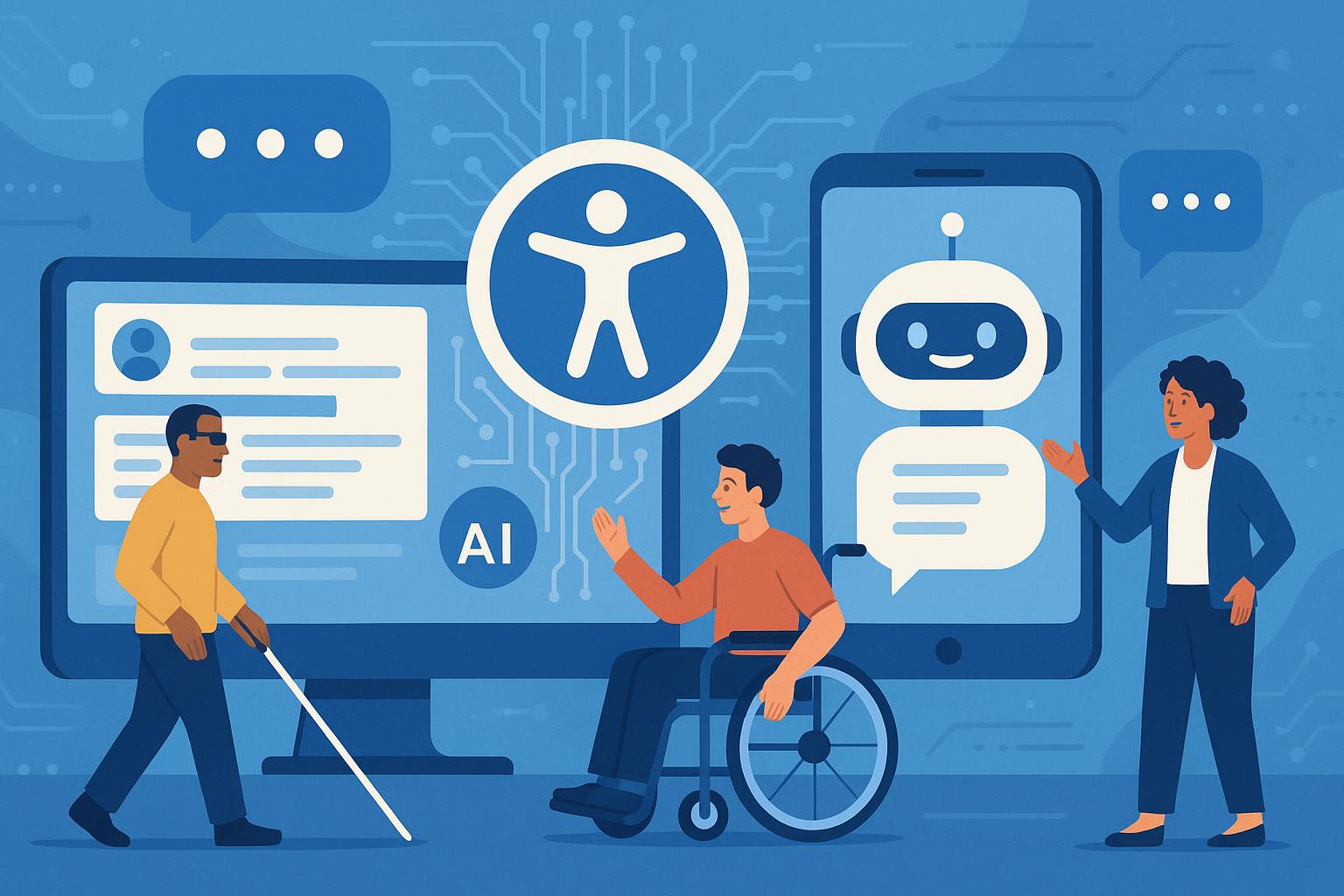Redefining Interaction: The Emergence of AI-Powered Chatbots in UI/UX Design
The digital landscape is rapidly evolving, prompting transformations in the user interfaces (UI) through which we interact with technology. Traditional web designs with static pages and fixed navigation paths are giving way to more dynamic, conversational interfaces. This revolution, driven by developments in artificial intelligence (AI) and large language models (LLMs), is reshaping user experience (UX) across diverse industries. In this article, we explore how businesses can adapt to these changes to foster more engaging and intuitive user interactions.
The Evolution from Static Designs to Conversational UIs
Historically, web interfaces predominantly featured static elements such as text boxes, dropdown menus, and buttons. While functional, these elements often led to a disjointed and cumbersome user experience. The advent of AI chatbots and conversational interfaces, however, is transforming this scenario. These technologies enhance user engagement by facilitating more natural interactions, thereby redefining expectations of digital interfaces.
AI-powered chatbots utilize natural language processing (NLP) to interpret user inputs and deliver contextually relevant, personalized responses. This shift enables a more seamless interaction, similar to conversing with a human assistant.
Fundamental Changes in UI/UX Design Principles
The rise of AI chatbots necessitates a fundamental reevaluation of UI/UX design principles. The emphasis moves from crafting static pages to developing systems that can interpret and learn from user data in real-time. Key transformations in design principles include:
- User-Centric Design: This strategy prioritizes user needs and preferences, dynamically adapting interfaces based on user interactions and feedback.
- Context Awareness: AI technologies empower interfaces to understand and anticipate user needs, enhancing the intuitiveness and efficiency of interactions.
- Visual Simplicity: Despite increasing backend complexity, the visual interface should remain straightforward and uncluttered to ensure ease of use and prevent user overload.
How Businesses Can Adapt
To fully leverage the capabilities of conversational UIs, businesses should implement several strategic and technical measures:
- Invest in AI and Machine Learning: Developing or integrating AI capabilities is essential for transitioning to conversational UIs.
- Redesign Interaction Models: Embracing conversational flows entails comprehensive redesigns of existing UIs to move away from traditional interaction models.
- Continuous Learning and Adaptation: AI systems must continually learn from user interactions to enhance and personalize the user experience.
Real-World Applications and Industry Impact
The impact of AI-driven conversational UIs is evident across several sectors:
Accounting and Finance
An AI-powered assistant integrated with accounting software like QuickBooks can handle financial tasks conversationally, from uploading receipts to generating reports. This streamlines complex processes, making them more accessible to non-experts.
Healthcare
In healthcare, conversational AI can assist patients in managing their health more proactively. Simple conversational prompts allow patients to inquire about symptoms, schedule appointments, or access lab results, thereby improving information accessibility and patient engagement.
Education
Educational platforms are using AI to offer personalized tutoring and course navigation, adapting learning materials to match the student's pace and learning style for a tailored educational experience.
E-commerce
AI-powered shopping assistants enhance the online shopping experience by suggesting products, curating outfits, or managing carts based on user preferences expressed in natural language.
Challenges and Considerations
Despite the significant benefits, the shift to conversational UIs also presents several challenges:
- Privacy and Security: Managing sensitive user data demands robust security measures to prevent breaches and maintain user trust.
- Technical Complexity: Developing AI systems capable of processing natural language and delivering relevant responses is technically demanding and resource-intensive.
- Accessibility: Ensuring that these new systems are accessible to all users, including those with disabilities, is crucial for widespread usability.
Conclusion
The transition from static web designs to dynamic, conversational UIs marks a significant advancement in digital interaction. By adopting AI and modern UI/UX design principles, businesses can create more intuitive, engaging, and efficient digital experiences. As this technology continues to evolve, it promises to redefine our expectations and experiences of digital interfaces profoundly.












